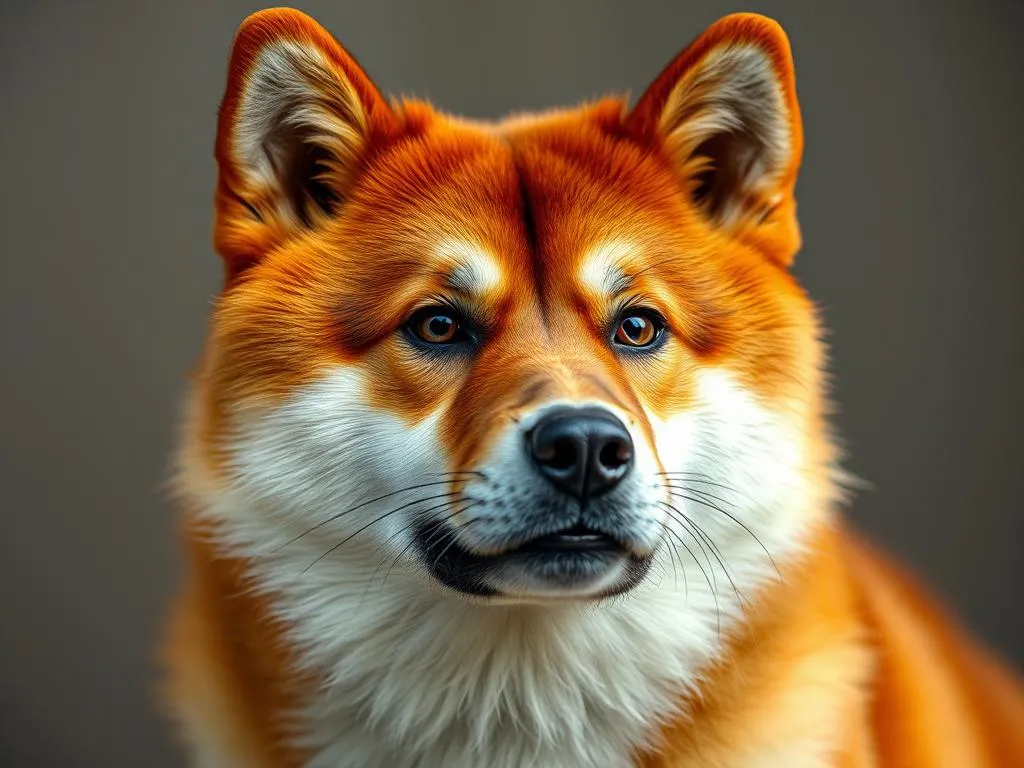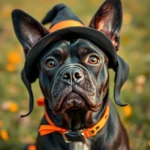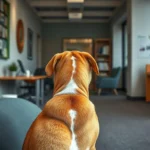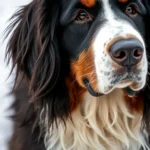
Shiba Inus are one of the most beloved dog breeds in the world, known for their fox-like appearance, spirited personality, and charming demeanor. Originating from Japan, these small to medium-sized dogs have captured the hearts of many with their playful nature and intelligent expression. Among the various attributes that define this breed, Shiba Inu colors play a significant role in both aesthetic appeal and breed standards.
Understanding the variety of colors in Shiba Inus not only enhances our appreciation for these dogs but also helps potential owners make informed decisions. In this article, we will delve into the different Shiba Inu colors, explore their genetic backgrounds, and discuss the importance of coat color in the overall identity of this remarkable breed.
Understanding Shiba Inu Breed Standards
History of the Shiba Inu
The Shiba Inu has a rich history that dates back over 2,000 years in Japan. Originally bred for hunting small game, these dogs were cherished for their agility and keen senses. The breed’s name translates to “small dog” in Japanese, which is fitting given their compact size. Shiba Inus played an integral role in Japanese culture, often appearing in art, literature, and folklore.
Throughout the years, the breed faced challenges, particularly during World War II, when their numbers dwindled. However, dedicated breeders worked tirelessly to revive the population, ensuring the Shiba Inu’s survival and popularity. Today, they are recognized by various kennel clubs around the world, and their unique coat colors are an important aspect of breed standards.
Breed Characteristics
Shiba Inus are known for their spirited and confident temperament. Typically weighing between 17 to 23 pounds, they possess a compact yet muscular build. Their fox-like face, erect ears, and curled tails contribute to their distinctive appearance. Aside from their looks, Shiba Inus are known for their intelligence and independence, traits that can make training a challenge but also rewarding.
Coat color is a key aspect of identifying different Shiba Inus. While all colors are beautiful, each has its own characteristics that may appeal to different owners. Understanding these colors can enhance our appreciation of the breed and help potential owners select a Shiba Inu that fits their preferences.
Overview of Shiba Inu Colors
Common Colors
Red
The most recognized Shiba Inu color is red, which ranges from a deep, rich hue to a more orange shade. Red Shiba Inus have a vibrant coat that often features white markings on their cheeks, underbelly, and legs. This color is not only popular but also holds a special place in the breed’s history, often symbolizing good fortune in Japanese culture.
In popular culture, red Shiba Inus have made waves, particularly with the internet sensation, Doge. This iconic meme featured a Shiba Inu with a red coat, contributing to the breed’s rise in popularity around the globe.
Sesame
Sesame Shiba Inus are characterized by their unique coat, which consists of red fur interspersed with black-tipped hairs. This gives them a distinct appearance that sets them apart from other colors. The combination of red and black creates a striking contrast, making sesame Shibas quite eye-catching.
It’s important to note that sesame is often confused with other colors, but the black-tipped hairs are a defining feature. These dogs also adhere to breed standards, and their rarity adds to their charm.
Black and Tan
Black and tan Shiba Inus display a striking coat of deep black with tan markings, typically found on their cheeks, legs, and underbelly. This color pattern is reminiscent of other breeds, but the Shiba Inu’s body structure and personality make them unique.
This color variation is relatively rare compared to red and sesame, but it is recognized in breed standards. The bold contrast between the black and tan can create a stunning visual appeal that many dog enthusiasts appreciate.
Cream
The cream Shiba Inu is another color variation that stands out due to its pale, almost white coat. These dogs have a soft, velvety appearance that exudes elegance. While cream is less common than red, it is recognized in breed standards and is often sought after by those who prefer a lighter-colored dog.
Cream Shiba Inus may have variations in shade, ranging from a light beige to almost pure white. Their soft coat requires regular grooming to maintain its pristine appearance, making them a beautiful choice for dog lovers who appreciate unique aesthetics.
Rare Colors
Chocolate
Chocolate Shiba Inus are among the rarest color variations and are characterized by their rich, brown coats. The genetics behind this color is complex, and it is not as widely recognized as other colors. Chocolate Shibas are often sought after by dedicated breeders and enthusiasts who appreciate their rarity and unique appearance.
This color can vary in shade, with some appearing almost as a dark liver color. Due to their rarity, chocolate Shiba Inus can command higher prices in the market.
Gray
The gray Shiba Inu is another rare color that is often admired for its unique look. These dogs have a beautiful coat that ranges from a light silver to a darker charcoal color. Gray Shibas are not commonly seen, making them a special find for those looking for something different.
Gray is not officially recognized in all breed standards, but it is gaining popularity among enthusiasts who appreciate its striking appearance.
Other Rare Variations
While brindle and merle patterns are recognized in some breeds, they are not common in Shiba Inus. Brindle, characterized by a mix of dark and light stripes, can occasionally occur, but it is not a standard color for the breed. Similarly, merle patterns, which create a mottled appearance, are not typical for Shiba Inus and may indicate health concerns.
Genetics of Shiba Inu Colors
Basic Genetics
Understanding the genetics behind Shiba Inu colors can provide insight into why certain colors are more common than others. Canine coat color is influenced by various genes that determine pigmentation and patterning. Dominant and recessive traits play a crucial role in the inheritance of these colors.
The primary gene responsible for color in Shiba Inus is the Agouti gene, which affects the distribution of black and red pigments in the coat. Other genes also contribute to the variations seen in the breed’s colors.
Color Inheritance Patterns
The inheritance of Shiba Inu colors follows specific patterns, often determined by the parental colors. For example, if both parents are red, it is likely that their offspring will also be red. However, if one parent carries a recessive gene for cream or black and tan, there is a chance that the puppies could inherit those colors.
Breeding outcomes can vary significantly based on the genetic makeup of the parents. Aspiring breeders should be aware of these patterns to ensure they produce healthy puppies with desired coat colors.
Caring for Shiba Inu Coat Colors
Grooming Tips
Proper grooming is essential for maintaining the beauty of a Shiba Inu’s coat, regardless of color. Regular brushing helps to minimize shedding and keeps the coat clean and healthy. The double coat of Shiba Inus requires thorough brushing at least once a week, with more frequent grooming during shedding seasons.
Different Shiba Inu colors may require specific grooming attention. For instance, cream Shibas may require more frequent bathing to keep their coats looking pristine, while darker colors like black and tan may show dirt more readily.
Health Considerations
While coat color is primarily an aesthetic feature, some health considerations may be associated with certain colors. For example, certain genetic anomalies may be more prevalent in rare colors like chocolate or merle. Regular vet check-ups are crucial for all Shiba Inus, as they help identify potential health issues early on.
Moreover, responsible ownership includes being informed about the breed’s health concerns, which can sometimes be linked to coat color. Awareness allows owners to provide the best care for their furry companions.
Shiba Inu Colors in Popular Culture
Representation in Media
The representation of Shiba Inu colors in media has significantly influenced the breed’s popularity. The viral meme featuring the red Shiba Inu, known as Doge, brought attention to the breed and showcased its charming personality. This internet phenomenon not only highlighted the red color but also contributed to the breed’s status as a cultural icon.
Additionally, Shiba Inus have appeared in various movies and television shows, often depicted as loyal companions. These representations can impact public perception and interest in the breed, leading to an increase in demand for Shiba Inus of various colors.
Shiba Inu in Social Media
Social media platforms, particularly Instagram, have become a hub for Shiba Inu enthusiasts to showcase their dogs. The vibrant personalities and unique Shiba Inu colors are prominently displayed, creating a community of dog lovers who share tips, photos, and stories.
Popular hashtags like #ShibaInu and #ShibaInuColors have emerged, making it easy for owners to connect and share their experiences. Many accounts dedicated to specific colors have gained followers, reflecting the growing interest in the diversity of Shiba Inu coats.
Conclusion
The significance of Shiba Inu colors extends beyond mere aesthetics; it encapsulates the breed’s history, genetics, and cultural impact. Whether you are drawn to the classic red, the rare chocolate, or the elegant cream, each color adds to the charm of these exceptional dogs.
As we celebrate the diversity within the Shiba Inu breed, it’s essential to appreciate the unique characteristics that each color brings. Responsible ownership and an understanding of breed standards and health considerations are crucial in ensuring a happy and healthy life for these beloved companions. The beauty of the Shiba Inu lies not only in its coat color but also in its spirited personality, making them a treasured addition to any family.









